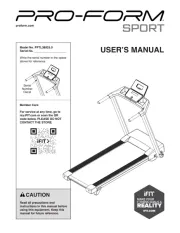Maxxus RunMaxx 5.0 Manual
Læs gratis den danske manual til Maxxus RunMaxx 5.0 (32 sider) i kategorien Løbebånd. Denne vejledning er vurderet som hjælpsom af 53 personer og har en gennemsnitlig bedømmelse på 3.7 stjerner ud af 27 anmeldelser.
Har du et spørgsmål om Maxxus RunMaxx 5.0, eller vil du spørge andre brugere om produktet?

Produkt Specifikationer
| Mærke: | Maxxus |
| Kategori: | Løbebånd |
| Model: | RunMaxx 5.0 |
Har du brug for hjælp?
Hvis du har brug for hjælp til Maxxus RunMaxx 5.0 stil et spørgsmål nedenfor, og andre brugere vil svare dig
Løbebånd Maxxus Manualer










Løbebånd Manualer
- Avari
- ProForm
- Taurus
- VirtuFit
- Gymform
- Cardiostrong
- Life Fitness
- Schwinn
- York Fitness
- Titan Fitness
- Horizon Fitness
- Pure
- Kogan
- Xblitz
- Fortis
Nyeste Løbebånd Manualer









